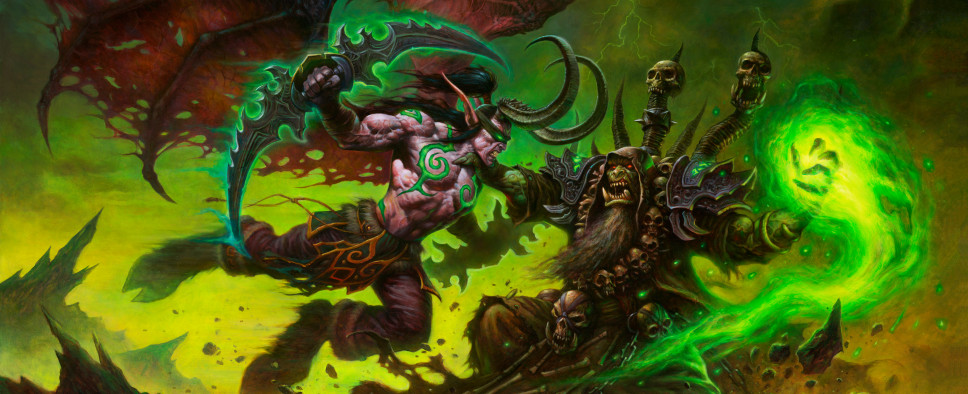Matt McDaid on Mastering the Stylized Art
-
Category: News ArchiveHits: 2116

80 level has an article-style interview with Matt McDaid who's had an extensive career in 3D modeling. Among other things, like working for the British military, McDaid was involved with a few of the Blizzard Entertainment's projects, namely Diablo III: Reaper of Souls, and World of Warcraft's Warlords of Draenor and Legion expansions.
McDaid describes what it was like working within the confines of Blizzard's particular stylized aesthetic, and how such an approach can lead to timeless visuals. Many of the points will interest aspiring 3D modelers, but the article is quite accessible even for those of us simply curious about how things work behind the scenes. An excerpt:
Assets
My workflow is very similar to both characters and architectural assets. Typically I begin with gathering reference. This key step is one that younger artists tend to skip and consequently becomes evident in their work. As artists today we have the internet, we sit in front of the largest photo library in existence yet artists/students still try and execute from memory. Having good reference to base your work off is a necessity in a production workflow.
Once I have my reference, I’ll lay down several designs in the form of loose sketches, and pick the one that resonates most with my criteria. The next phase is to create a new, more detailed sketch where I pay close attention to the readability aspect. I look to consolidate high frequency details into low frequency details where possible so the asset doesn’t appear too busy.
From there I’ll jump into the modeling phase and realize my design in 3D. I’ll jump into 3DS Max, Maya or ZBrush depending on the nature of the model. I’m constantly referring back to the aforementioned ‘Readability’ elements ensuring my model adheres to them as much as possible.
[...]
The Future of Stylized Art
Well fortunately stylized art isn’t going anywhere. There will always be a demand for it. The methods in which we achieve it might change. Take for instance now, development software like Substance Designer is changing the landscape of texture creation but I don’t expect it to fully eradicate the need for the hand-painted touch. It’s just an evolutionary step in the production pipeline. For me at least, a large part of the attractiveness behind stylized art is knowing that a great deal of care and attention (and iteration!) went into creating it. Another big contributing factor behind the success of stylized games is how timeless they are. My favourite game of all time, Zelda: Ocarina of Time transcended me to a World quite unlike any other. I recall many hours were spent exploring Hyrule and the surrounding zones. I found the whole experience hugely immersive and captivating. The fantastic art and World design has kept me yearning for more nearly 20 years on. This kind of plays in to my final point and that’s that Stylized games offer a form of escapism from the real World. Like my experience with Zelda, they can transcend you to a whole new World unlike the ultra-realistic counterparts that are hellbent on anchoring us to the only World we know. The limits with stylized creations are only bound to our imaginations.

